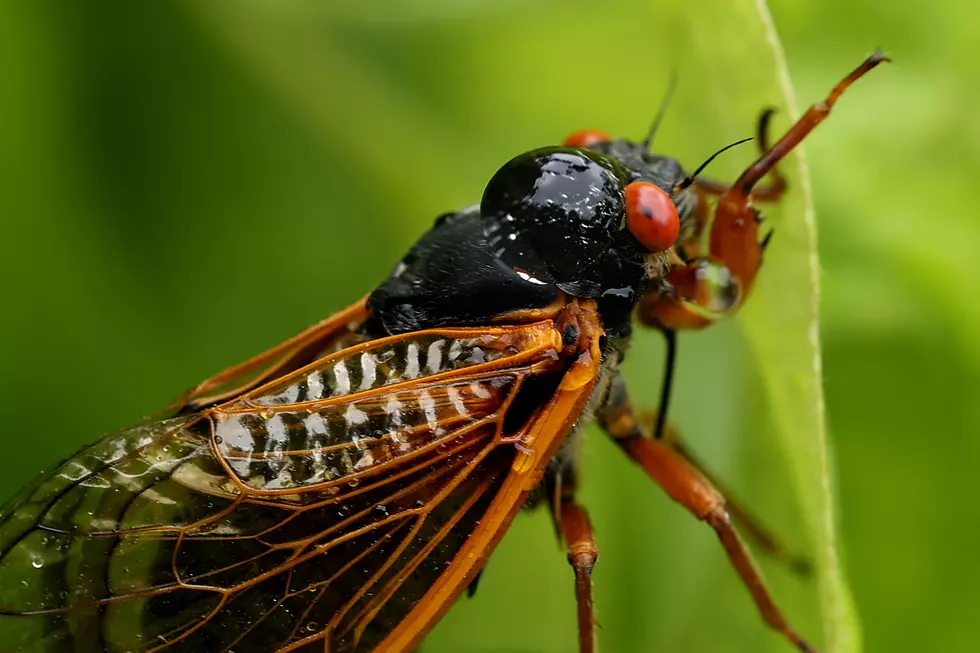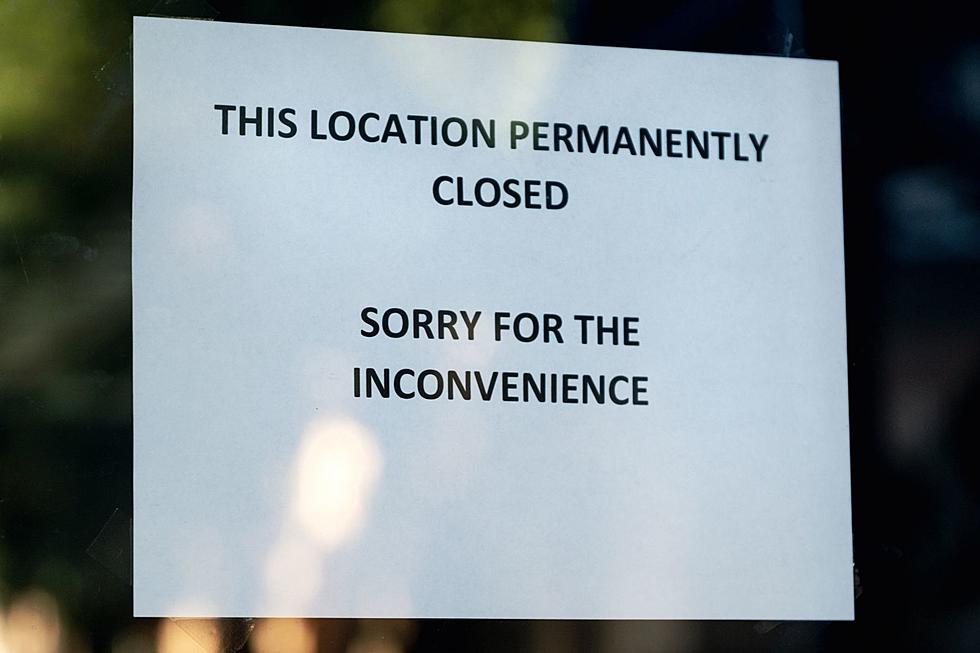
We Were Today Years Old When We Learned There Were Cicadas in Idaho
Living in Idaho, it’s easy to sit back and laugh as people in the Midwest and parts of the South panic over the inevitable arrival of “trillions” of cicadas. But should we be that cocky?
This year’s “cicada invasion” is supposed to be even more intense than the one that covered 15 states with the disgusting bugs in 2021. That’s because this year, the emergence of the 17-year XIII and 13-year Brood XIX will overlap in some states like Illinois and Iowa. Scientists say that the cicadas will emerge from the ground when temperatures reach 64º. That means you’ll likely see them in the south first.
READ MORE: 7 Invasive Insects that Could Devastate Idaho Crops
With trillions of these yucky bugs expected to reach maturity, we’re bracing ourselves for more weird headlines like the ones we saw three years ago. Headlines like:
- Man Crashes Car After Cicada Hit Him in the Face
- Cicada Swarm Broke the White House Press Plane, Delaying Trip By More than Six Hours
- You Probably Shouldn’t Eat Cicadas if You’re Allergic to Shellfish
As amusing as those headlines are, you’re super grateful we don’t have these disgusting things in Idaho. They’re gross. They’re loud. They smell. And they leave so many carcasses behind that you have to rake them up. No one’s got time for that! Yeah, Idaho sure is lucky to be a cicada free zone…

Or are we? At some point during the 2021 cicada invasion someone who was either fascinated or terrified of cicadas submitted this question to an “Ask an Idaho Scientist” webpage managed by INL’s Environmental Surveillance, Education and Research Program and Post Register Newspaper:
I keep hearing about the cicadas that are coming out of the ground after 17-years. What are they and will we have them here?
They contacted Ron Patterson, who works at the University of Idaho in Bonneville County to answer the question. Patterson noted that while the 13-year and 17-year cicadas get the most media coverage, there are over 150 different species of cicadas in the United States and Canada. At least 21 of those have been identified in the Gem State.
Because the species that call Idaho home have shorter life cycles, they don’t emerge at the same time like the ones you see on the news. It’s the main reason why they’re not pests in Idaho. They’re definitely here though! Idaho Fish and Game lists the Okanagana napa cicada is present and native to Idaho.
So, there's a chance that the chirping you hear around dusk isn't crickets like you originally thought! It could be the mating call of Idaho's native cicadas…
...which are still gross (just look at these ones collected in Mountain Home), but we're happy they're harmless and there aren't billions of them.
KEEP READING: If You See Any of These 7 Bugs in Idaho, Kill Them Immediately
Gallery Credit: Michelle Heart
5 of the World's Most Deadly Insects Are in Idaho Right Now
Gallery Credit: Michelle Heart
5 Nasty Bees and Wasps That May Be Waiting to Sting You in Idaho
Gallery Credit: Michelle Heart
More From 95.7 KEZJ






